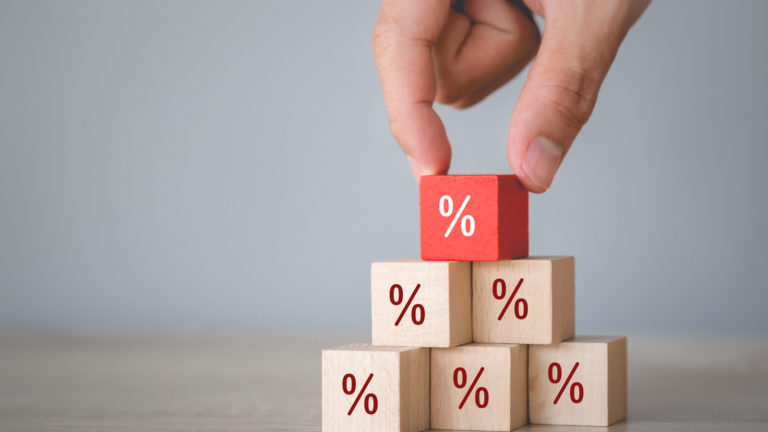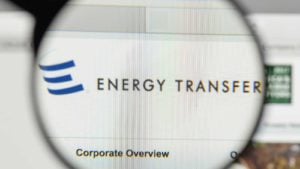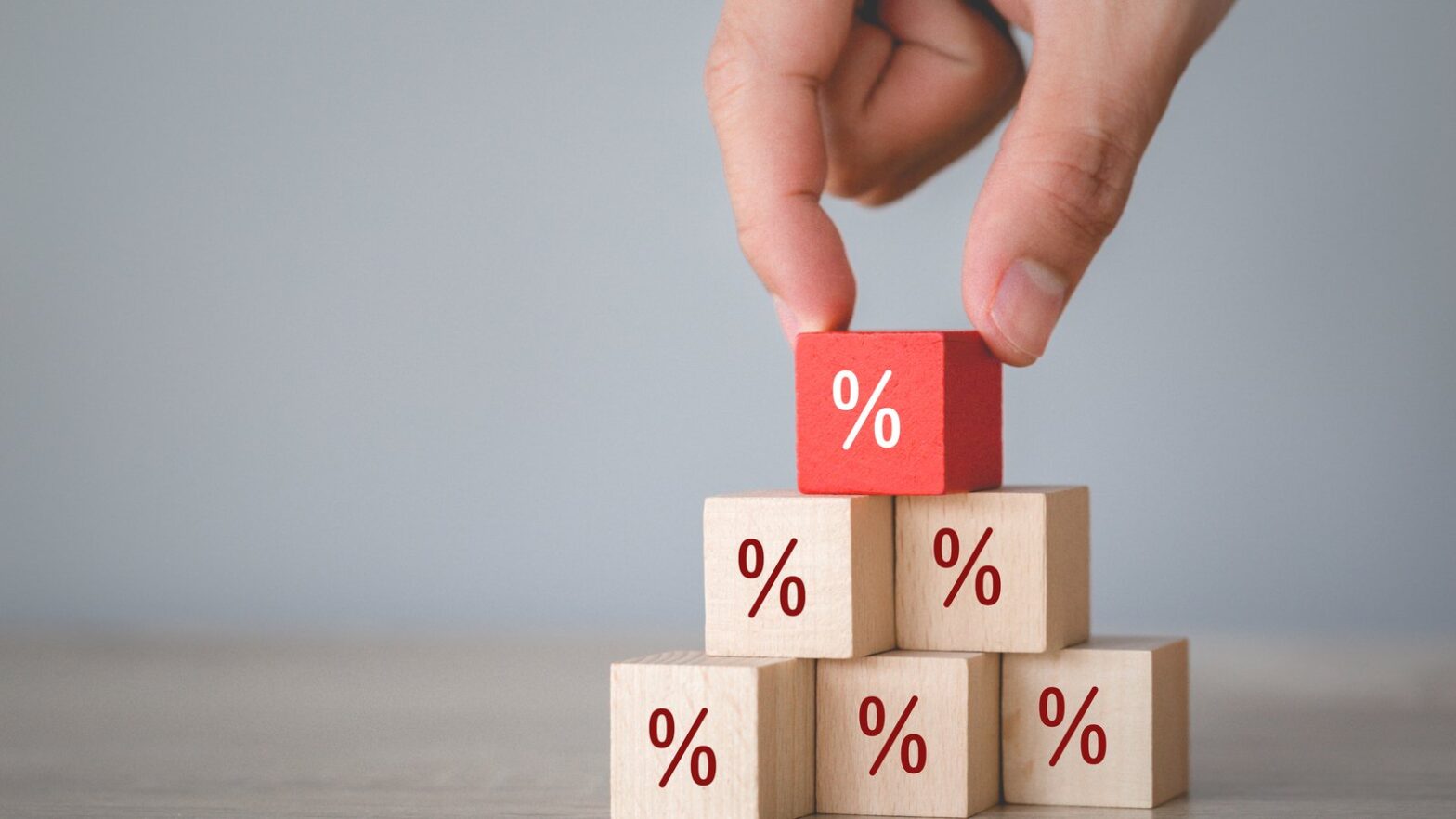
Source: shutterstock.com/A_stockphoto
With the S&P 500 yielding less than 2% on average right now, high dividend stocks are hard to find. Even though interest rates have risen significantly over the past few years, the major equity indices are broadly unappealing for income investors.
Fortunately, investors can still find high dividend stocks… even in this market. The following three high-yield dividend stocks have payouts above 8%, making them attractive options in an otherwise low-yield stock market.
Altria Group (MO)

Source: Kristi Blokhin / Shutterstock.com
Altria (NYSE:MO) is a consumer staples giant. It sells the Marlboro cigarette brand in the U.S. and a number of other smokeless tobacco brands, including Skoal and Copenhagen. Marlboro commands over 40% retail market share in the United States.
Altria has increased its dividend for over 50 years, placing it on the exclusive Dividend Kings list.
The decline in the U.S. smoking rate is a headwind for the tobacco industry, but Altria is positioning its portfolio for future growth in new areas. During 2023, Altria focused on expanding its smoke-free product portfolio, including the integration of NJOY into its family of companies.
Altria ranks very highly in terms of safety because the company has tremendous competitive advantages. It operates in a highly regulated industry, which virtually eliminates the threat of new competition in the tobacco industry. Altria enjoys strong brands across its product portfolio, including the No. 1 cigarette brand. As a result, it has pricing power and brand loyalty.
Altria maintains a target dividend payout ratio that is 80% of annual adjusted EPS. Its 2024 expected dividend payout ratio should be near this target, meaning the dividend payout is sustainable.
In addition, the yield is very attractive at 9%.
Energy Transfer (ET)

Source: Casimiro PT / Shutterstock.com
Energy Transfer (NYSE:ET) owns and operates one of the largest and most diversified portfolios of energy assets in the United States. Operations include natural gas transportation and storage along with crude oil, natural gas liquids and refined product transportation and storage. It also owns the Lake Charles LNG Company and has stakes in Sunoco (NYSE:SUN) and USA Compression Partners (NYSE:USAC).
Fortunately for Energy Transfer, the outlook is positive for natural gas, which is considered a cleaner fuel than coal. In the last decade, U.S. electricity production has shifted dramatically from coal to natural gas. Energy Transfer has a healthy backlog, with the expectation to spend about $2.4 billion to $2.6 billion in growth capital expenditures this year.
ET’s distribution has been restored above the pre-pandemic level and is currently well-covered by cash flows, with a coverage ratio of 2.4x. Therefore, in the absence of another severe downturn, the 8% forward distribution yield should be considered safe.
BCE (BCE)

Source: madamF / Shutterstock.com
BCE (NYCE:BCE) is a telecommunications and media company that provides communications services in the following business units: Bell Communication and Technology Services (“CTS”), which includes Wireless and Wireline, and Bell Media. It supports residential customers as well as small- and medium-sized businesses and large enterprise customers.
The future looks positive for BCE. Its free cash flow is likely to rebound in 2024 as it completes 5G investments. It has also trimmed its workforce by 9% to boost profitability and cut costs.
Last quarter BCE increased its quarterly dividend by 3.1%, equating to an annual payout of 3.99 CAD per share. BCE produces cash flows that are typically significantly higher than its net earnings. This means that normally, its free cash flow better supports its dividend than its earnings, but its recent FCF payout ratios have been stretched because of intensive capital investments.
In the short term, BCE can choose to sustain its dividend, having financial flexibility from available liquidity of 5.8 billion CAD at the end of Q4 2023. Additionally, its FCF should improve over the next few years, which should bring the FCF payout ratio down to a more comfortable level again. BCE stock currently yields 8.4%.
On the date of publication, Bob Ciura did not hold (either directly or indirectly) any positions in the securities mentioned in this article. The opinions expressed in this article are those of the writer, subject to the InvestorPlace.com Publishing Guidelines.

